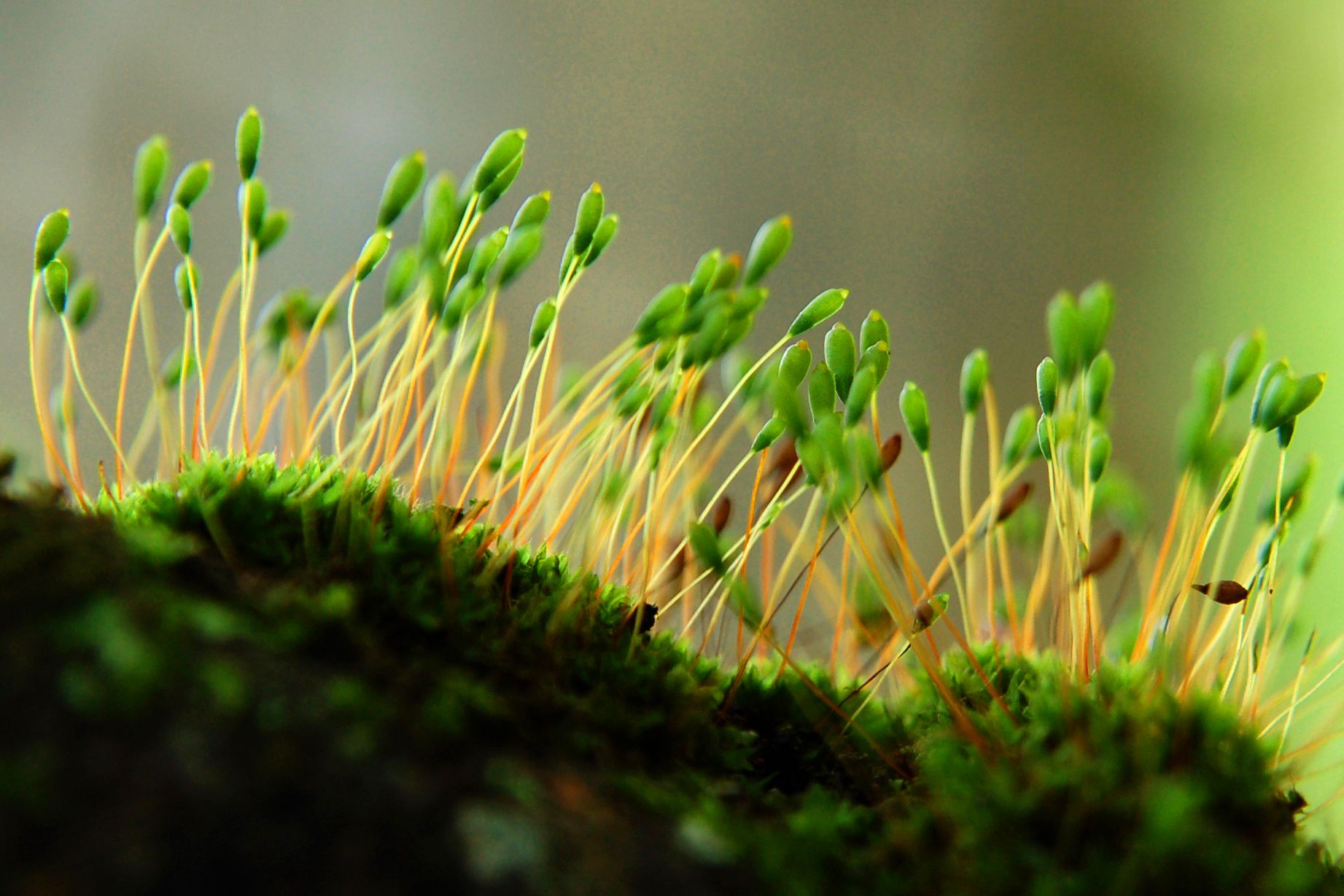

Within each plot we examined differences between bare and moss-covered soil surface microsites and found moss-covered microsites had a mean increase of 55% water infiltration, 106% shear strength, 162% compressive strength and 195% aggregate stability. The predictors in order of importance were: equinox insolation (sunlight/day), pre-fire vegetation type, pre-fire soil organic carbon and time since fire.

Using three landscape-scale predictor variables and one temporal predictor, we explained 37% of the variance in fire moss cover using a random forest model. We sampled 65 plots in high-severity patches, stratifying by elevation and insolation over each fire. We conducted a survey of moss cover and erosion-related functions after 10 wildfires in Pinus ponderosa and mixed-conifer forests of the southwestern USA. Fire mosses, including Ceratodon purpureus, Funaria hygrometrica and Bryum argenteum, can achieve high cover within months to years after high-severity fire, but do so heterogeneously across space and time.


 0 kommentar(er)
0 kommentar(er)
